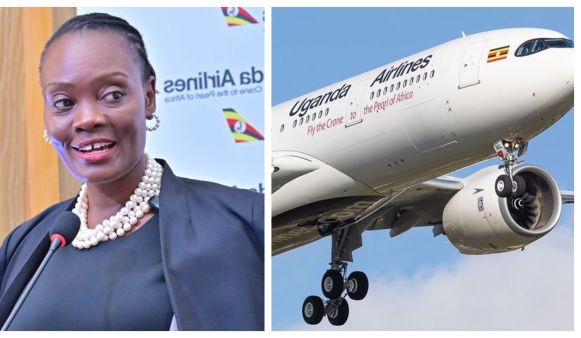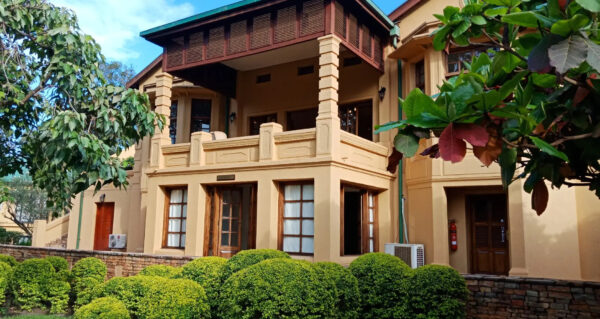Kololo and Nakasero, the two prime suburbs nestled within the Kampala Central Business District (CBD) are facing an exodus crisis of High Net Worth individuals and expatriates who continue to seek high-end residences and amenities in other secondary prime suburbs across the city.
A Knight Frank Kampala Property Market Performance Review covering second half of 2024 explains that this shift to secondary prime locations which are located further away from the CBD (within a 5km-10 km radius), offer modern spacious units within quiet neighborhoods providing a serene environment at more affordable rates away from noise pollution, increased construction sites, and congestion that has characterized the prime areas of Nakasero and Kololo.
This has, in turn, forced the diplomats, expatriates, and other high/middle income occupiers who usually prefer the prime areas to consider the secondary suburban locations of Naguru, Mbuya, Bugolobi, and Muyenga among others.
The influx of rent-seekers from prime areas to the secondary suburban locations has resulted in significant rental increases within these locations, consequently extending the city’s boundaries.
Knight Frank further explains that Kololo, Nakasero and to some extent, Naguru have a limited supply of standalone houses, and yet there has been a persistent demand for standalone houses by the expatriate community.
Most of the standalone houses on the market in the mentioned prime areas are considered old, featuring colonial designs, fittings, and finishes that fail to meet contemporary tenant expectations and functionality.
This mismatch between supply and demand has led tenants to opt for more modern and chic apartment units (built on plots formerly housing stand-alone houses that have been broken down to benefit from vertical expansion) or explore alternative housing options within the semi-prime and secondary neighbourhoods such as Muyenga, Munyonyo, and Lubowa.
Diplomats, multinational staff, and high- to middle-income individuals continue to seek accommodation in suburbs close to the CBD, such as Naguru, Bugolobi, and Kololo.
These areas offer good quality building facilities, superior facility management services, and quieter living environments, all within close proximity to essential services like schools, hospitals, and shopping centers. The sales market in prime areas has remained strained, with a growing number of properties available for sale and a limited pool of buyers. Consequently, this has led to longer completion times for property sales.
Lubowa has become very popular over the past 2 years and has observed a steady but increasing relocation of High-Net Worth Individuals (HNWI) and expatriates from the once prime residential suburbs of Kampala like Kololo, Nakasero, Naguru, and Bugolobi to Lubowa, Kigo, and surrounding areas. Relocations are to newly built owner-occupied villas on sizable plots or spacious apartments and penthouses on the hilltops of these leafy green locations.
The relocations are being influenced by the areas’ proximity to international schools, hospitals, easy access to the expressway, Entebbe International Airport, and retail stores among others, but most importantly a quieter, more serene quality of living in greener, less crowded locations.
Sluggish residential market
Knight Frank notes that the prime residential market remained sluggish in the second half of 2024 characterized by a low volume of sales and lettings and a slight decrease in occupancy levels compared to second half of 2023.
The market witnessed a 1% increase in average rental prices for 3-bedroom apartment units as a result of newer, spacious, and modern units coming onto the market while the average rental prices for the 2-bedroom units remained stable. Occupancy levels in prime areas decreased from 84% in H2 2023 to 82% in H2 2024, a decline of 2 percentage points.
The decline in occupancy levels is attributed to the upcoming projects in the secondary residential locations.
A notable example is the continuous rise in rental prices in the Kyanja neighborhood, which has led to the development of surrounding areas such as Kungu, Komamboga, Kitetika, Lutete, and others.
Additionally, short-term rental arrangements (less than a month) have continued to grow in secondary neighborhoods such as Kyanja, Kisasi, Najjera, Bukoto, and Muyenga.
There has also been a significant increase in the number of developments coming on the market, especially in the prime locations of Nakasero, Kololo, and Naguru both for the sale and letting markets. Over 1,100 units are expected to be up on the market in the next 12-24 months. The second half of 2024 saw a continuation of the high-density projects as seen in the first half of 2024.
While most of these projects are still under construction, Knight Frank anticipates an oversupply of units over the next two to three years which will result in a downward revision of rents as landlords try to reduce the vacancy rates.
Sales activity in secondary neighborhoods has also increased, driven by developers aiming to deliver high-density residential projects in these areas to meet the consistent demand within the catchment area.
Developers in secondary neighborhoods are successfully offloading properties by the block due to high occupancy levels, improved location proximity to main roads and public transport as well as more modern fittings and fixtures.
The improved proximity to main roads and public transport enhances accessibility, attracting more potential buyers and renters who prioritize convenience in their daily commutes.
Additionally, the incorporation of modern fittings and fixtures in these properties adds significant value, appealing to those seeking contemporary living spaces. These combined advantages make secondary neighborhoods an attractive option for both developers looking to sell quickly and residents seeking quality housing.

 Airtel Africa and SpaceX Announce Strategic Partnership to Launch Starlink Direct to Cell Connectivity Across Africa
Airtel Africa and SpaceX Announce Strategic Partnership to Launch Starlink Direct to Cell Connectivity Across Africa


